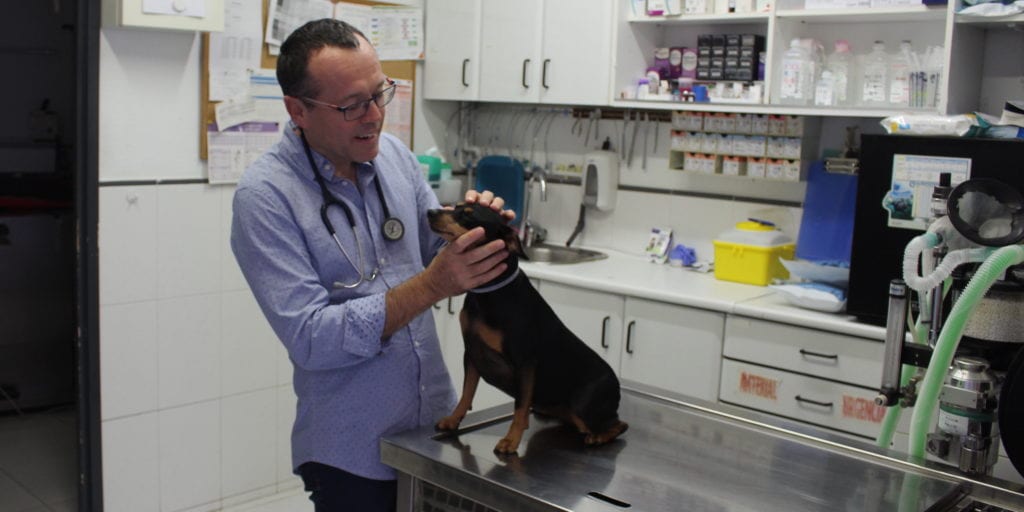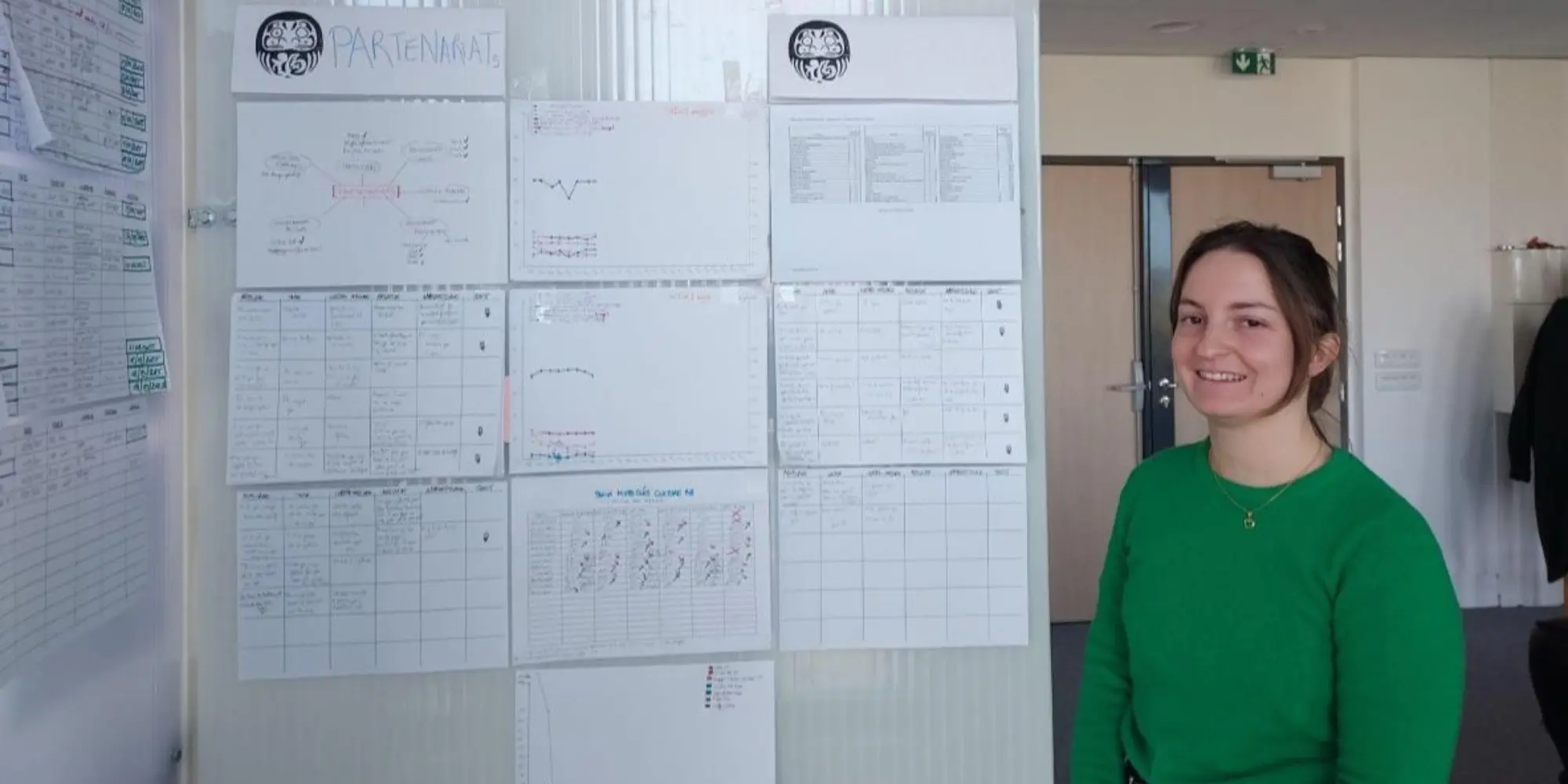
Transforming our way of managing using lean
CASE STUDY – The turning point in this Colombian construction company’s transformation came when they started to embrace lean as a culture rather than just a set of tools.
Words: The Constructora Bolivar construction team, Colombia
Before lean came into our lives, our results and quality were good, but our desire to improve told us that we still had a way to go. We were experiencing the problems typical of construction companies: we had delays in some of our projects, we were over-stocked with some items and under-stocked with others, and we needed to improve our relationships with our contractors.
We had been trying to approach and adopt Lean Thinking for some time, but we had some false starts along the way. In the beginning, we had a misconception of what lean is and focused mostly on tools. We took the time to reflect and realized that, if our goal was to industrialize our processes and increase our productivity, we would have to make lean our culture.
We saw so many problems in those early days that we weren’t sure where to start. That’s when we contacted the Lean Institute Colombia. At first, we thought their work would focus entirely on process improvement; what we discovered along the way was that it had more to do with people development.
With the Institute’s help, we went through the initial exercise of really understanding the current state. They stayed with us for several days, observing the work and asking us a lot of questions about the way we manage. From that initial diagnosis came the proposal for an action plan, which we continued to refine through experimentation and countermeasures, abandoning tools and practices that did not add value and focusing on those that did.
LEAN MANAGEMENT SYSTEM TO THE RESCUE
One of the most important changes was the introduction of a lean management system at two of our sites: we identified the levels of management at each site, defining the types of problems we experienced, and deploying the right tools and techniques to address them.
To stay on top of the work and ensure that problems were discovered and resolved quickly, we started holding daily meetings and gemba walks at the various levels of site management.
We also introduced weekly meetings, where problems were visualized and an action plan was created to address them quickly. This allowed us to improve our effectiveness as managers. In addition, we started using tools such as standardized work, A3, and value stream mapping to optimize front-line performance and material supply.
The lean management system represented a big change in the way we work. It was difficult at first, because we still saw lean as additional work. We had the feeling that we had many, more specific problems to deal with at our sites and that we were not spending time on what really mattered. However, after a couple of months, we realized that our people were starting to get a better sense of where we were at all times and, if we weren’t doing well, how to improve things.
The fact that the rules on how to behave if an indicator was late were put right on the boards, where everyone could see them, meant that information that had historically been available only to the site manager was now available to everyone.
In the past, there was also a fear to raise problems, but the lean management system strengthened us as a team and helped us to talk about them openly. Today, if we have problems with a KPI, this is not just a problem for management but for everyone on the site. Thanks to the lean management system, lean has given us visibility of issues and effective communication within the team. Now, when a problem arises, we know about it right away and we act together to solve it – for example, by opening an A3. Lean has taught us to organize ourselves better.
After the introduction of the lean management system at our pilot site in Cali, we were able to change the way in which core functions of the production chain interacted with the front line of the site. We now receive from these areas the information we really need to manage and deal with problems effectively.
Another fundamental contribution of Lean to the improvement of our organization was the categorization of problems. The four types of problems, as described by Art Smalley in his book, revealed that in our facility managers were routinely dealing with Type 1, Type 2, and Type 3 problems. We found that the managers were doing the work of the junior engineers, the junior engineers were often performing tasks that were the prerogative of the Foreman, and so on. It was wasteful and, in the end, the work was still keeping us awake at night!
THE TURNING POINT

Our turning point came when we stopped seeing Lean Thinking as a bunch of tools and started seeing it as a set of principles and concepts that lead to a people-centric cultural transformation. As soon as we realized this, we began to think about how we could maximize the value people can provide, tap into their talent, and let them focus on improving the process.
We put people first. With that came the realization that it was not important to have the swankiest board with the latest tech: short meetings full of interaction and communication were really all we needed to turn things around.
Over time, we learned to create a much better approach to the work, one that is focused on people, on communication, and on visualizing problems and embracing them as opportunities for improvement.
Our journey accelerated when we began to focus on changing mindsets: now that our teams are empowered, we know we can still make mistakes, but we also know we can correct them quickly. That is why no one is afraid of problems anymore. When you are transforming a culture, it can take a while before problems are exposed comfortably and without fear of repercussions. We now understand that it is okay to make mistakes and point out problems, because this is the first step toward resolution and improvement.
As our understanding of lean grew, we learned that the role of the improvement team was not to use tools and make the changes themselves, but to guide people on their learning journey so that they could understand what their role is within the company, what kind of problems they are to solve, and how they can solve them.
The lean team offers guidance, first and foremost. Our initial expectation was to have a “resident” lean expert at each site, but we discovered that this was not feasible and ultimately not necessary. It is the people who do the work, not the lean experts. We want people to think lean, so we changed our approach and started focusing on developing their leadership and problem-solving skills.
INVOLVING CONTRACTORS
No lean construction project can function without the involvement and support of contractors. Our way of involving them in our new way of working was to share with them the “magic of lean” and get them familiar with our plan to really identify the stages of the process where they can provide the most value.
At those stages in the process, we started sharing with contractors all the relevant information we had gathered about the work performed, to ensure they could also successfully track their progress in terms of performance, delivery times, safety, etc. We gave them tools that helped them become an active part of the work rather than just come in, do their part, and leave.
That’s when their attitude changed, and we were able to build a more constructive relationship with them. Even when problems arose and were escalated to a higher level of management, we found that the contractors felt listened to and happy for the space they were given to discuss problems with the rest of the team. It took time for them to get used to new way of managing the work – they were used to our previous system, where they received instructions and had no platform to raise issues and share their concerns.
It took a while for that wall to be torn down. At first, they would come to meetings, but wouldn’t say much, even when we asked them to share openly. Over time, they learned that it was their time and that the team was there to listen to and help them. For us, this was a reminder of the importance of being consistent with the lean management system day-to-day. It is through that discipline that trust is built.
WHAT LEAN MEANS TO US
Lean is a difficult journey, full of obstacles and ups and downs. The reason it is so challenging is that it forces you to think in a different way. But when you finally learn to see, it is a matter of discipline more than anything else. There is no magic recipe for change; you just have to persevere. For Constructora Bolivar, this is more than just a couple of projects. It is our new reality.
For us, Lean Thinking is more than just reducing waste. It is also learning to evaluate our value creation chain and always knowing where the weak points are. This is what the scientific method gives you: a way to generate concise, clear, and relevant information at all times that will help you stay on track and on top of your work.
This is a big investment for us, and we are happy to see several good results already (in addition to all the learning): we are producing according to our quality standards, keeping waste to a minimum, and reducing rework considerably.
We know that if we stopped thinking lean, problems would soon overwhelm us. That is why our plan is to keep improving and to take this way of thinking to new areas of our business until Constructora Bolivar is a lean enterprise.
THE AUTHORS

Read more


INTERVIEW – A VP at energy company E.ON shares his thoughts on the current energy crisis and discusses how lean is helping them to navigate it.


INTERVIEW – A 22-people veterinarian hospital in Barcelona has recently turned to lean thinking. We caught up with the owner to learn how things have changed six months into the journey.


FEATURE – As inflation bites, the author offers us an insightful take into what it really means to understand a company’s costs. Hint, it doesn’t involve passing them on to customers.


NOTES FROM THE GEMBA — This French tech firm thrives through Lean Thinking, continuous learning, and customer-focused innovation, embodying Toyota-inspired resilience in software development.

